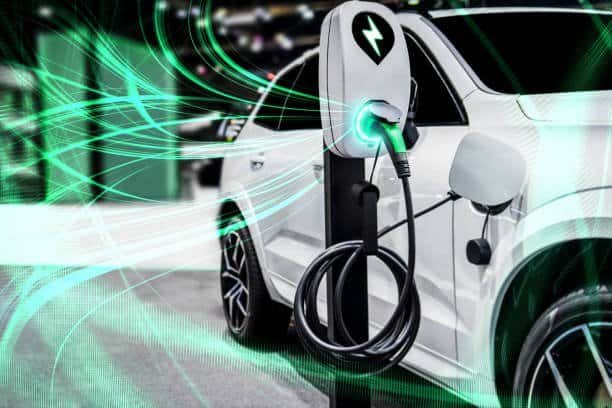India, being the fourth largest car market globally, is embarking on a new path for electric vehicles (EVs). However, the country’s electric vehicles penetration remains low, accounting for only around 1 percent of total light vehicles sold, as stated by Moody’s. This figure is primarily dominated by electric two-wheelers.
In comparison, the average electric vehicles penetration in Asia stands at 17.3 percent, according to a report in the Business Standard. Notably, China leads the pack with an EV penetration rate of 27.1 percent. Japan’s penetration is at 2.2 percent, similar to India, but this is attributed to the Japanese government’s support for various clean technologies like hybrids and plug-in hybrids.

While India still lags behind in terms of electric vehicles penetration, Asian countries hold a significant share of the battery cell supply chain, accounting for 98 percent.
Furthermore, according to projections from S&P quoted by Business Standard, Asia is expected to maintain a 90 percent market share in 2025. Despite the current situation, the Indian government expresses confidence that electric vehicles penetration will reach 30 percent by 2030, as reported by the publication. In the Indian EV market, Tata Motors leads the way, followed by MG Motor and Hyundai Motor. Maruti Suzuki is also actively working on developing its own battery technology before launching pure EV models.
Tata Motors has already established a functioning battery plant, enabling the company to reduce the price point of its EVs. The Indian electric vehicle market is experiencing rapid growth, with a year-on-year growth rate of approximately 48 percent in the first quarter of 2023, according to CyberMedia Research (CMR).

Increasingly, consumers are opting for EVs due to the favorable total cost of ownership (TCO) compared to petrol counterparts, with TCO savings exceeding 50 percent for high-usage applications such as delivery, as indicated by the latest RedSeer report.
While India still relies on imports for its cell requirements, the production-linked incentive scheme has the potential to be a game changer. This scheme aims to build 50 gigawatts of battery capacity with advanced chemistry cells within two years, accelerating domestic production and reducing dependence on imports. This move is aligned with India’s goal of affordable transportation and a sustainable future, with a focus on reducing carbon emissions.
Also Read:


